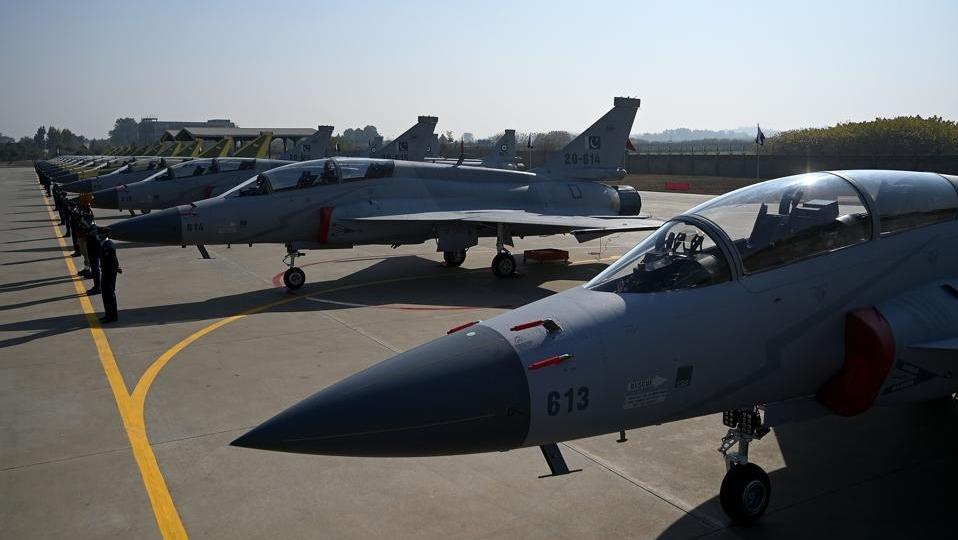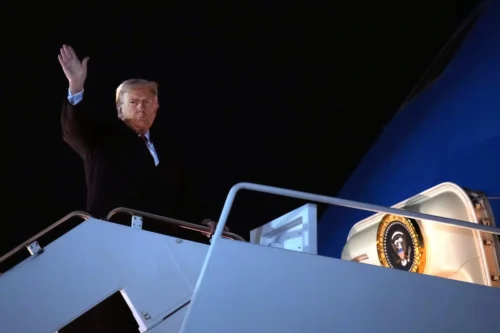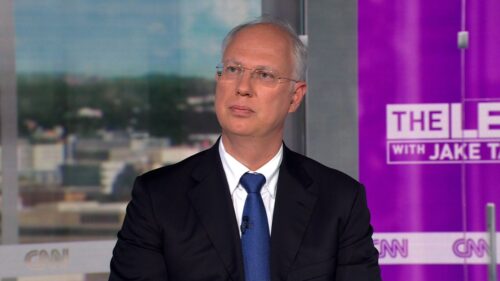
Forbes: The threat of conflict is still on the table: How will Armenia respond to Azerbaijan’s acquisition of JF-17 fighters?
In an acquisition that will significantly alter the military balance in the South Caucasus, Pakistan is selling 40 fourth-generation JF-17 Thunder fighter jets to Azerbaijan. The move will undoubtedly worry neighboring Armenia, Forbes writes.
As noted, Azerbaijan has officially expanded its order for JF-17s from 16 jets to 40 as part of a $4.6 billion defense agreement, the Pakistani government confirmed. It is Pakistan’s largest-ever defense export contract and undoubtedly a boost for the aircraft, which Pakistan co-developed with China.
Azerbaijani media reported in late May that Baku had increased the number of jets and the value of the deal from $1.6 billion to approximately $4.2 billion. However, such reports were not immediately publicly confirmed by either Baku or Islamabad. Azerbaijan took delivery of its first JF-17 on September 25, 2024. Baku is receiving the latest version, the JF-17C Block III, equipped with active electronically scanned array radar and other systems and weapons typically found on advanced 4.5-generation aircraft.
“First and foremost is that the JF-17 is a cost-effective option compared to many competing Western or Russian options,” Sam Lichtenstein, Director of Analysis at the risk intelligence company RANE, said.
Forbes writes that the deal will undoubtedly set off alarm bells in Yerevan. Armenia had previously sought to enhance its modest air force, which lacked any fighter jets, through the acquisition of expensive Su-30SM Flanker fighters from Russia in 2019. While it initially sought 12, Armenia has only received four to date.
As noted, these Flankers sat idle when Azerbaijan pulverized Armenian positions with modern Israeli and Turkish-made drones during the 2020 Nagorno-Karabakh War. The jets also failed to deter Azerbaijan in subsequent border clashes and the Azerbaijani military’s September 2023 lightning offensive that captured the entire Nagorno-Karabakh and displaced its Armenian population.
Lichtenstein noted that despite signing a peace deal in March 2025 designed to resolve their decades-long conflict, Azerbaijan is requiring Armenia to make contentious constitutional changes that are delaying the agreement’s official signing and implementation. “This delay, which is likely to persist until after Armenia holds general elections in 2026, leaves the door open to another military escalation as Baku grows impatient with Yerevan and calculates that it will engender little to no blowback from the West, Russia or other key external powers,” the expert noted.
Despite sweeping Azerbaijani claims over sovereign Armenian territory, a full-scale invasion of Armenia seems unlikely. Nevertheless, there could be more ground incursions and border clashes, especially if Baku seeks to link up with its western Nakhijevan exclave by establishing its self-styled “Zangezur corridor” overland through Armenia’s southernmost Syunik frontier province.
“With the threat of another conflict still on the table, Armenia is likely to leverage its growing defense partnerships with France, India and Iran – alongside an ongoing attempt to reduce tensions with Russia – to try to mitigate against Azerbaijan’s military dominance,” Lichtenstein said.
Armenia long relied heavily on Russia for discounted military hardware. According to the Stockholm International Peace Research Institute, 94 percent of Armenia’s arms imports between 2011 and 2020 came from Russia. That drastically changed after Armenia suffered a disastrous defeat in the 2020 war. Yerevan has since sought to diversify its defense sources, reducing arms imports from Russia to as low as 10 percent by 2024.
As noted, it’s unclear if Armenia will ultimately turn to France for multirole Dassault Rafale fighter jets to match Azerbaijan’s JF-17 procurement, especially given the prohibitive price tag for Yerevan.
“While Yerevan will likely pursue multiple lines of effort, it is likely to focus on acquiring India-built Su-30MKIs given that they are far more cost-effective than French Rafales,” Lichtenstein said.
India builds the unique Su-30MKI variant of the Russian combat aircraft under license. It may soon export some of these aircraft and doubtlessly sees Armenia as a potential customer. Yerevan has already made record-breaking deals for Indian-made weaponry since the start of this decade. Furthermore, as previously outlined in this space, New Delhi is the ideal candidate for upgrading Armenia’s existing Su-30SMs and making them compatible with various Indian-made munitions and weapons.
“India would likely also be interested in supplying these systems to counteract Azerbaijan’s acquisition of fighters from Pakistan, India’s arch-rival,” Lichtenstein said. “Armenia is also likely seeking to upgrade its air defenses with systems from India, Iran and/or others.”


